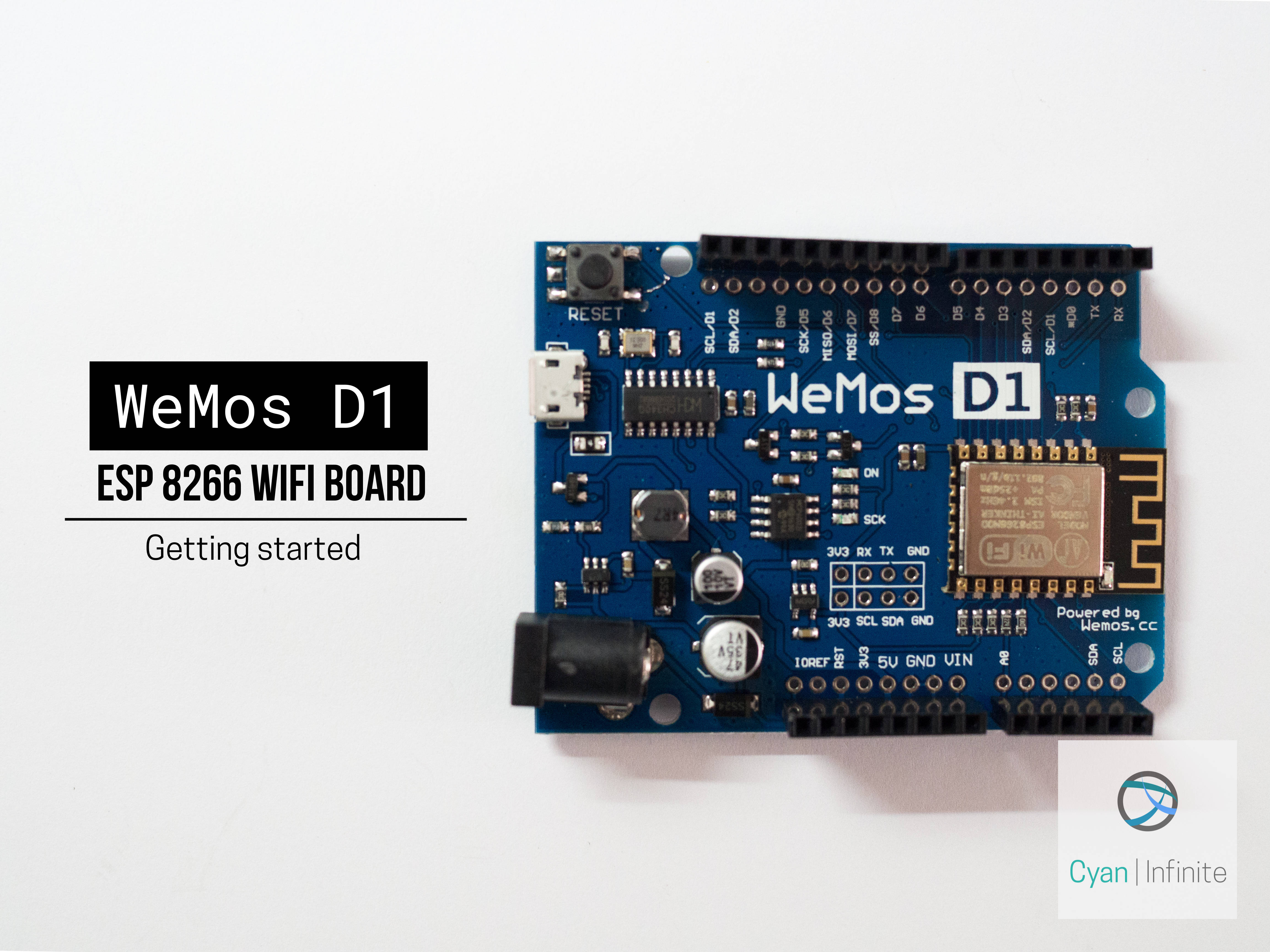
Computer where you try and stack the bricks from least heavy to heaviest against the comput.
On this page. () • • • • • • • • • • The Bootloader The behaviour described above happens thanks to a special piece of code that is executed at every reset of the microcontroller and that looks for a sketch to be uploaded from the serial/USB port using a specific protocol and speed. If no connection is detected, the execution is passed to the code of your sketch. This little (usually 512 bytes) piece of code is called the “Bootloader” and it is in an area of the memory of the microcontroller – at the end of the address space - that can’t be reprogrammed as a regular sketch and had been designed for such purpose. The Memory Map of an ATmega328P To program the bootloader and provide to the microcontroller the compatibility with the Arduino Software (IDE) you need to use an In-circuit Serial Programmer (ISP) that is the device that connects to a specific set of pins of the microcontroller to perform the programming of the whole flash memory of the microcontroller, bootloader included. The ISP programming procedure also includes the writing of fuses: a special set of bits that define how the microcontroller works under specific circumstances.
Use Arduino as ISP The whole process of loading the bootloader code and burning properly the fuses to make an ATmega microcontroller an “Arduino” is managed by the Arduino Software (IDE): it provides a specific menu item and allows you to use a variety of programming devices. Among the programmers, the “Arduino as ISP” is the cheapest and most practical solution to burn a bootloader on another Arduino board with ATmega, 32U4 or ATtiny. The programming process uses VCC, GND and four data pins.
Three pins connect MISO, MOSI and SCK between the programming micro and the target micro, the fourth pin from the programming micro goes to the reset pin of the target. How to wire your boards The following table display on which pins the MOSI, MISO and SCK are broken out on the different Arduino boards: Arduino / Genuino Board MOSI MISO SCK Level Uno or Duemilanove 11 or ICSP-4 12 or ICSP-1 13 or ICSP-3 5V Mega1280 or Mega2560 51 or ICSP-4 50 or ICSP-1 52 or ICSP-3 5V Leonardo ICSP-4 ICSP-1 ICSP-3 5V Due ICSP-4 ICSP-1 ICSP-3 3,3V Zero ICSP-4 ICSP-1 ICSP-3 3,3V 101 11 or ICSP-4 12 or ICSP-1 13 or ICSP-3 3,3V MKR Family 8 10 9 3,3V The SPI interface - and therefore these pins - is the interface used to program the AVR microcontrollers. Note that MISO, MOSI, and SCK are available in a consistent physical location on the ICSP header; this connector is used also by shields that rely on the SPI interface allowing the design of shields that work on every board. The Arduino MEGA above is programming an Arduino UNO connecting D51-D11, D50-D12, D52-D13, GND-GND, 5V-5V and D10 to RESET. This type of board needs a 10µF electrolytic capacitor connected to RESET and GND with the positive (long leg) connected to RESET.
The capacitor has to be placed after the programmer board has been loaded with the ISP sketch. The 10µF electrolytic capacitor connected to RESET and GND of the programming board is needed only for the boards that have an interface between the microcontroller and the computer's USB, like Mega, Uno, Mini, Nano. Boards like Leonardo, Esplora and Micro, with the USB directly managed by the microcontroller, don't need the capacitor. About voltages The Arduino family of boards includes 5V and 3.3V devices. When using an Arduino that is not 5V tolerant (Due, Zero.) as the programmer, make sure to not expose any of the programmer's pins to 5V. A simple way to accomplish this is to power the complete system (programmer and target) at 3V3. In the above picture you see the wiring between a MKR1000 and a UNO.
Wilcom, a leader the Embroidery industry with ongoing innovations that push the boundaries of creativity in personalized expressions and apparel decoration, presented the release of Embroidery Studio E2 – professional embroidery software for digitizing, bling, print, sequins and more. Wilcom embroidery studio e2 with crack.